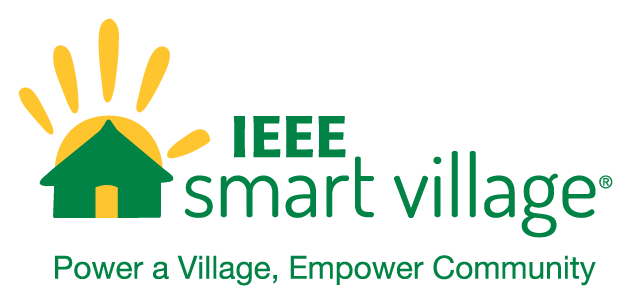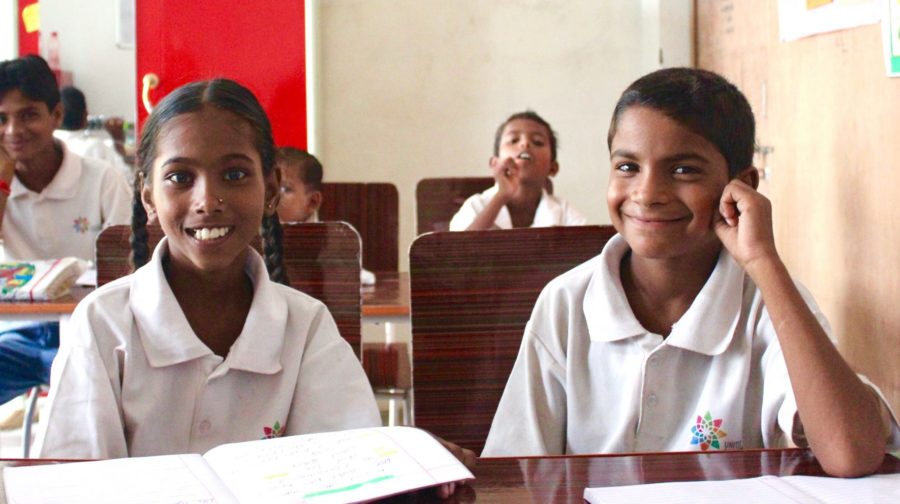IEEE Smart Village Supports New Solar Ventures in India
By Monica Rozenfeld
When Tara McCartney first learned about IEEE Smart Village more than a year ago, ISV was just investigating possibilities in India. McCartney understood the country’s infrastructure and policy challenges as the founder, in 2013, of United for Hope, a nongovernmental organization that helps people in rural communities access clean water and electricity, and IEEE is now providing seed funding and technical know-how. A partnership was born.
Together, ISV and United for Hope have devised a plan to deliver solar electricity to some 100 homes and 30 businesses in the Kushinagar district of eastern Uttar Pradesh, India’s most densely populated state. The venture was launched through the for-profit company Shakti Empowerment Solutions (SES), which has agreed to run the business and employ local workers to supervise solar-power stations. United for Hope is training the workers to maintain the stations and educating locals on using the service. “I was keen to work with IEEE,” McCartney says, “because it understands the importance of a holistic approach to helping people in rural communities stand on their own two feet.”
Most rural communities in India are connected to state grids, which often are unreliable, with power going out for several days at a time. As a pilot project, SES is working with IEEE Smart Village to install a solar-power station in the village of Tirmasahun, with a population of about 4,000. The station will be equipped with photovoltaic solar panels to charge portable 12-watt-hour battery packs that are rented to residents and small businesses.
The batteries are lithium ferrous phosphate for lighter weight and up to 10 times the life of sealed lead-acid batteries. The packs come with two prewired 3.5-watt LED bulbs, each one equivalent to a 25-watt incandescent bulb. Both LED bulbs can run for 14 hours, or one alone for 31 hours. The pack also includes a cellphone charging port. The price is comparable to what villagers would pay for disposable batteries and kerosene which, when burned in a lamp, can be harmful to health.
Because families in India’s rural communities often live with relatives, one battery pack in a household could bring electricity to about eight people.
By bringing a solar-power company to such communities, the venture not only creates jobs, it also allows businesses to stay open longer and students to study at night. In two years, McCartney expects to provide service to at least 10 villages, and up to 60 villages in five years.
This article original appeared in a January 16 issue of The Institute.


